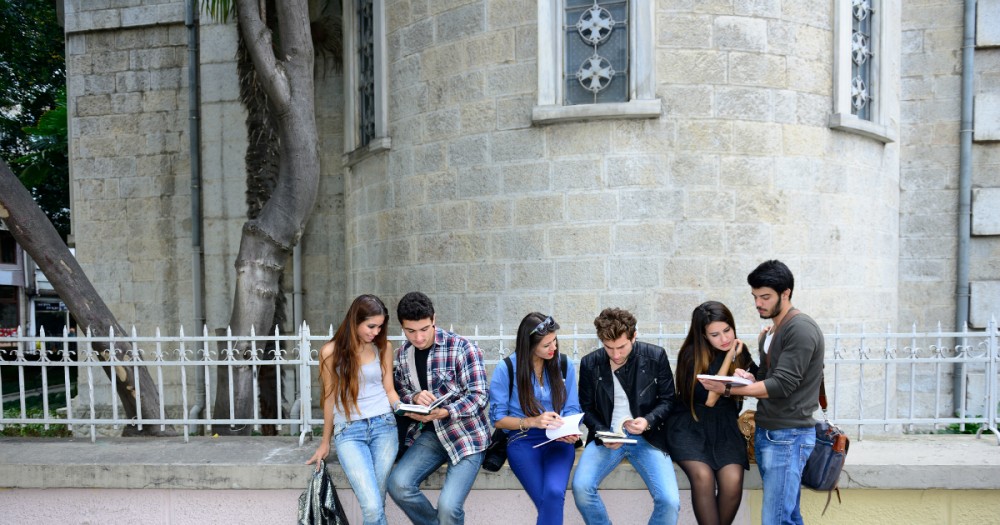Loving the spiritual-but-not-religious neighbors I am given
They’re my students and colleagues. I want to talk with them, not about them.

Spiritual but not religious. I used to think I could deftly parse this phrase so new to the lexicon of contemporary religion and yet already so tiresome to many. I thought it failed to hold up under the weight of some basic theological and sociological critiques. I don’t think these things any more.
I’ve inhabited enough different spaces, both personally and professionally, to know that the statement “I’m spiritual but not religious” can be uttered sheepishly or confidently. It can be met with welcome or derision. It can engender respectful debate or it can shut down conversation entirely. Those who use it as a marker of identity are not uniform in what they mean by it—not by a long shot. And not all who are puzzled or worried by it are dismissive of those who claim it.
In this season of my life, the SBNR and the nones are not just demographic slices on a pie chart or theological puzzles to solve. They are my people: they comprise a great many of my students and colleagues. And I love them.




